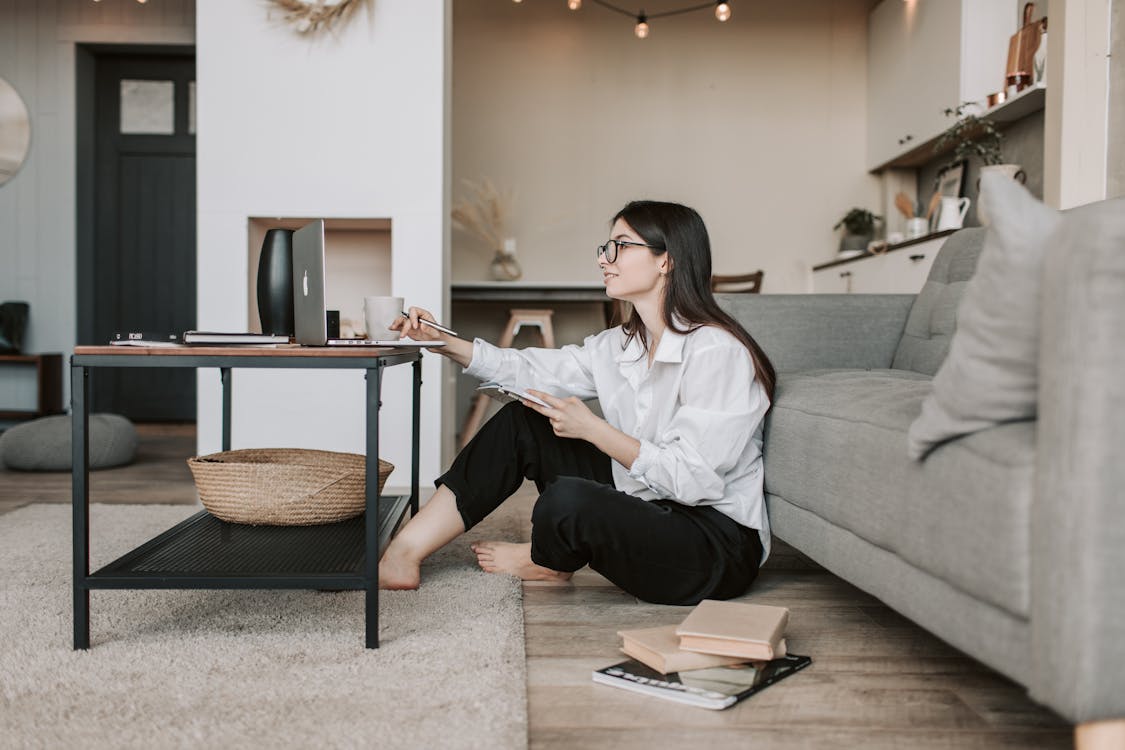
Living Big in Small Spaces: The Student Apartment Experience
University life frequently indicates welcoming the art of living smartly in smaller spaces. Whether you're adapting to your first solo studio or sharing with flatmates in a comfy arrangement, finding out how to make the most of every square foot can seriously raise your convenience, performance, and overall health. Trainee houses today aren't simply positions to sleep in between classes; they're home bases for research marathons, social hangs, and some much-needed personal downtime.
Little spaces featured large possibility, and finding out how to optimize them can make a major distinction in exactly how efficiently your university year unravels. With some intent, creative thinking, and a little experimentation, you can turn even the tightest layout into a practical and inviting haven.
Finding Balance: Functionality Meets Personality
When you first walk into a smaller sized home, the empty canvas can really feel both interesting and a little daunting. You may be questioning where everything will certainly go or just how to stay clear of clutter while still feeling comfortable. The key hinge on striking an equilibrium between functionality and character.
For pupils, that normally starts with zoning out the apartment or condo into deliberate areas, even if they're just corners. Your bed may be actions away from your desk, yet subtle visual cues like rugs, lights, or shelving can produce the impression of different areas. Including your preferred art prints, a shade palette that calms or invigorates you, and small products from home can also bring heat without using up extra area.
Storage That Doesn't Steal Square Footage
The single most significant difficulty in little student apartments is storage space. Textbooks, seasonal clothes, cleansing products, and kitchen area gear all require homes, yet standard cumbersome furniture isn't the answer. That's where multi-purpose items been available in.
Assume beds with drawers below, footrests that function as containers, or workdesks with vertical shelving. Every product ought to pull double task when possible. As an example, a slim table can work as an eating space throughout meals and a laptop station throughout study hours.
In small apartment in Tempe, upright area is usually your buddy. From hooks on doors to floating racks and stackable storage space cubes, using your wall surfaces efficiently can stop the feared floor sprawl that makes any kind of little room really feel extra cramped.
Smart Layouts for Shared Living
If you're showing to a roommate, communication becomes part of your space-saving technique. In a two-bedroom apartment in Tempe, it's essential to concur early on how common spaces like the kitchen, living area, and washroom will function.
Split up storage zones, establish guideline for common areas, and take into consideration purchasing furniture that promotes flow and visibility. Portable sectionals, retractable table, or modular bookshelves can assist preserve a sense of visibility without compromising comfort.
It additionally aids to maintain decor cohesive in shared areas. Even if each roommate has an unique design in their individual room, a combined visual in the living room can develop a feeling of calm and make the space really feel even more expansive.
Researching stylishly: Carving Out a Productive Nook
Among the most vital functions of any type of trainee home is an area that supports focus. A devoted study location, regardless of just how little, can train your brain to get into work mode faster. It does not have to be a real office-- maybe an edge of the living room, a part of your kitchen area counter, or a fold-down wall surface workdesk.
Good illumination is key. If you do not have accessibility to all-natural light throughout research study hours, utilize a daylight-tone LED lamp that keeps you sharp. Border on your own with just the basics: your laptop, a couple of research study devices, and maybe a plant or framed image for motivation.
Distraction-free zones are essential, particularly when living in tighter quarters. Establishing a rule for "silent hours" or using noise-canceling headphones can create a sense of splitting up from roomies or the surrounding hustle and bustle.
Making the Most of University Housing in Tempe
Living in university housing in Tempe methods you're already close to your classes, campus sources, and fellow trainees. This integrated ease offers you the liberty to streamline your everyday regimen. You can spend less time travelling and more time enjoying your space, so why not optimize check out this site it to reflect your lifestyle and academic goals?
Living near university usually means that apartment or condos are designed with pupils in mind. Smaller footprints encourage smarter living, and neighboring features decrease the requirement for extreme storage. Possibly you do not need a large kitchen configuration if eating choices are close by. Perhaps you can miss a huge amusement setup if typical lounges or group areas are offered in your building.
Use what's around you to your advantage, and concentrate your power on making your individual area comfy and useful.
Studio Apartment Living That Works for You
Student life is dynamic. Your needs transform throughout the semester, and your apartment or condo should be able to flex with you. As your timetable shifts from midterms to finals to breaks, don't hesitate to reconfigure your room. Move furniture, switch over out decoration, or develop short-lived terminals for new behaviors or pastimes.
Residing in a tiny room while managing institution, social life, and everything in between might seem challenging at first, but with the appropriate frame of mind, it can become a creative experience. These apartment or condos are greater than simply 4 walls-- they're a blank web page waiting on your own expression.
For more ideas, ideas, and updates tailored to student living, make certain to follow this blog and inspect back usually for fresh takes on maximizing your area.
Comments on “Multi-Functional Furniture for Student Spaces”